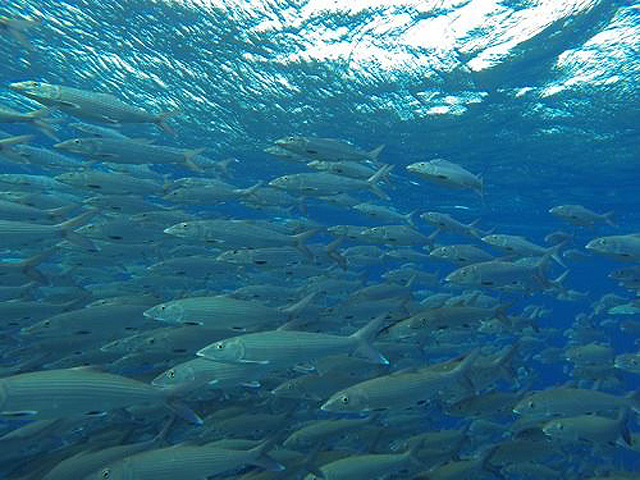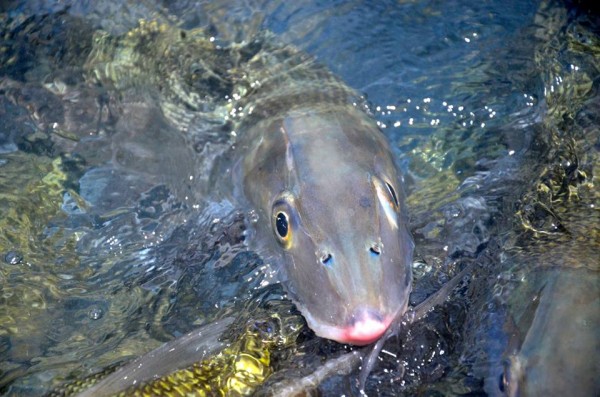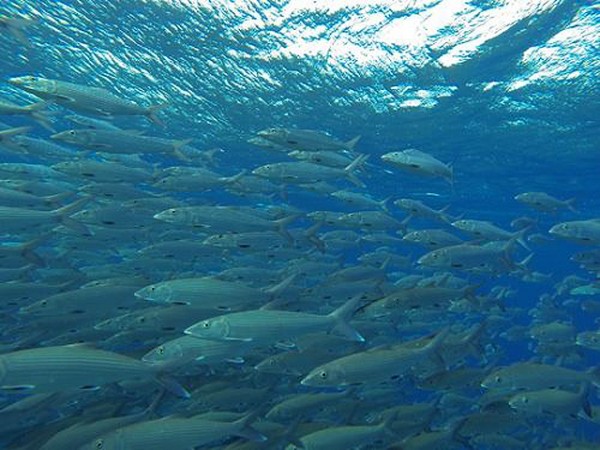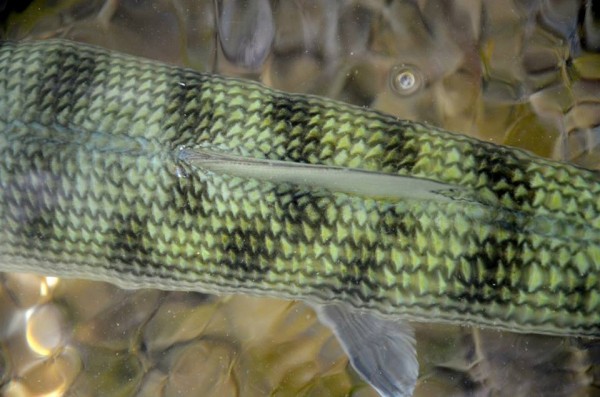Stories, Methodology and Searching for the Truth
Fly Life Magazine.com June 2014 / Tom Karrow Ph.D. Student, MES, Bed, BES
[dropcap]I[/dropcap]t goes without saying that anglers have their “honey holes,” places they have found where they have caught a “lunker” or they simply have good luck, each and every time they go to this spot. It also stands to reason that anglers like to keep these special spots a secret; failing to secure them might mean fish are more heavily pressured and harder to catch, or worse still, taken for eating and not available for catching and releasing later. It is also true that anglers are known for stretching the truth… just a little!
Corner Stones of Angling
With these inevitabilities as corner stones of angling, it may seem unlikely, inaccurate or simply crazy to ask guides for their fishing spots under the “guise of conservation.” It may sound even more crazy, perhaps even insane, when I ask them to record these special spots on maps and give details about these areas to me. This is what Bonefish & Tarpon Trust have been doing to learn more about the fishery in the Keys, and have garnered a wealth of relevant information illustrating the importance of seeking local knowledge. A similar approach is being taken through Ghost Stories as a research project, and this is taking place in the Bahamas.
“Ghost Stories” is the Basis for My Doctoral Dissertation
It is a research project that will take me across the Bahamas interviewing and documenting the lives of elder Bahamian guides, those who have the most time on the flats and the most knowledge of local ecological systems. My primary goal is to generate fisheries habitat maps, through the extensive knowledge of the flats that senior Bahamian guides have accumulated, over countless hours and decades on the top of a polling tower. These maps in turn will be used for conservation purposes to help better understand the Bahamian flats fishing industry and the fish themselves.
So, How Does One Go About Acquiring This Top Secret “Intel” From a Guide?
This is information that a guide relies on for their livelihoods, it has been accumulated through sweat and in some cases tears and even blood too. Simply put, the knowledge held by senior guides is not easily come by, so I understand the potential hesitations that guides might have when asked to share their secrets, all in the name of conservation.
How Will I Do This Then?
Well to begin, my research is the basis for a PhD, which I hopes elevates the caliber of this study and, illustrates my commitment to this project; information gained will be securely stored and used only for conservation purposes. Secondly, throughout my travels I am collaborating with several Bahamian organizations including the Bahamas Flats Fishing Industry, The Bahamas Sportfishing Conservation Association, The Bahamas National Trust and the College of the Bahamas. I am also working with scientific based organizations like Bonefish and Tarpon Trust and the Fisheries Conservation Foundation to further our communal knowledge about flats species for their long-term preservation; I want to make sure future generations have the same opportunities that we have today.
Importantly and Noteworthy
The College of the Bahamas wants all interviews recorded in audio and video for their department of oral history and tradition. This alone, adds credibility to my research and will hopefully give a place in Bahamian history to these pioneers, men who ventured out during the 40’s and 50’s to establish a new tourism industry… little did they know it would grow to become worth over $140 million USD annually in the Bahamas alone. This action also provides incentive to Bahamian youth to follow in the footsteps of legendary Bahamian Pioneers; Bonefish guiding is a legitimate (and should be highly respected), way of making a living in the Bahamas and elsewhere.
Lastly
In addition to collaborating with Bahamian organizations, I am including as many Bahamians in this project as possible; I greatly value and appreciate local assistance and expertise, and I realize that I am an “outsider”… a Canadian outsider trying to make a difference, give back and help out. Accordingly, I have submitted a proposal for funding to hire a Bahamian to help facilitate my travels, arrange interviews, meet with guides and act as a “guide” for travels. It is critical that my interviewees trust me and understand the importance of their role and my research, clear and thorough explanations of my project to these individuals will be vital to its success. My only limitation at this point is lack of funding… I am actively seeking funding to help secure Bahamian assistance and welcome contributions. Bonefish and Tarpon Trust welcome contributions for this project or any of their other important projects. BTT can guarantee funding is directed to this project, if one desires, and a direct link for assistance and donation is available on the Fly Life Magazine.com homepage. Thanks to Fly Life Magazine .com for providing this opportunity and thanks to them for their foresight in conservation practices.
The Importance of Collaboration
By collaborating with locals, local Bahamian organizations, and recording interviews for the College of the Bahamas, I will be documenting the lives of many legendary Bahamians. Men like Smith, Pinder, Neymour, Coakley, Moxie, Rolle and many others, have worked to establish a world-class Bonefish destination. They, along with a pristine environment filled with big Bonefish, have established the Bahamas as “the Bonefishing Capital of the World.” The efforts put forth by these men and their families, are part of Bahamian heritage and I plan to give them the recognition they deserve. Doing so will hopefully help me establish strong trusting relationships, ones that will permit the sharing of knowledge for the greater good of tourism, for future generations of Bahamians, and for the amazing environment that is the islands of the Bahamas. If you are interested in learning more about this work, click here . . . where regular updates will be provided. In addition, please keep reading Fly Life Magazine.com for progress on this vital research.
Presently, I’m working with these scientific institutions and conservation organizations:
Upcoming Articles
In upcoming articles, I will provide highlights from time I will be spending on Grand Bahamas and Andros in August of 2014 where I will be working with some of the best guides in the world, so stay tuned!






